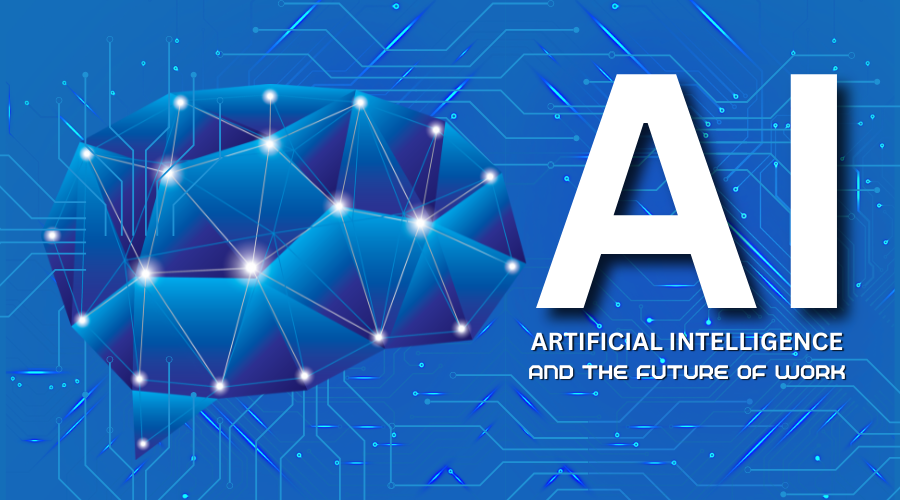Introduction :
In recent years, the field of artificial intelligence (AI) has witnessed remarkable advancements, transforming the way we interact with technology. Scientists and researchers have been continuously exploring ways to enhance AI capabilities further. One of the fascinating endeavors in this realm is the ongoing research to combine human brain cells with computer chips. This novel approach has the potential to revolutionize AI and open new frontiers of understanding human cognition. In this blog post, we will delve into the exciting world of merging human brain cells with computer chips to create more advanced AI systems.
1. Understanding the Concept of Human-Computer Brain Interface (HCBI)
1.1 What is HCBI?
The Human-Computer Brain Interface (HCBI) is a cutting-edge technology that aims to establish direct communication between the human brain and computer systems. It involves integrating living brain cells with artificial components to create hybrid systems that can mimic the neural processing of the human brain.
1.2 The Promise of HCBI in Advancing AI
By combining the unique cognitive abilities of the human brain with the computational power of artificial intelligence, HCBI has the potential to unlock new frontiers of technological possibilities. This integration could lead to the development of AI systems that surpass the limitations of conventional computing and exhibit human-like cognitive capabilities.
2. The Science Behind HCBI
2.1 Neuroplasticity and Adaptation
One of the fundamental principles behind HCBI is neuroplasticity—the brain’s ability to adapt and reorganize its neural connections based on experience and learning. Computer chips integrated with brain cells can adapt to neural pathways, enhancing AI’s ability to learn and perform complex tasks.
2.2 Brain-Computer Interface Technologies
Researchers are exploring various brain-computer interface technologies, such as neural electrodes and optogenetics, to establish seamless communication between brain cells and computer chips. These technologies offer the potential for high-resolution neural data recording and stimulation, enabling precise interactions with AI systems.
3. Ethical Considerations and Challenges
3.1 Ethical Implications
The convergence of human brain cells and AI raises ethical concerns about the definition of consciousness, identity, and autonomy. As HCBI technology progresses, it becomes crucial to address these ethical implications and ensure responsible use.
3.2 Regulatory and Safety Concerns
The integration of human brain cells with AI systems must be governed by robust regulatory frameworks to prevent misuse and ensure safety. Researchers and policymakers must collaborate to establish guidelines and standards for HCBI research and application.
4. Applications of HCBI in Real-World Scenarios
4.1 Medical Advancements
HCBI has vast potential in the field of medicine, including neural prosthetics for patients with neurological disorders and brain-computer interfaces that aid in motor rehabilitation.
4.2 Cognitive Computing
AI systems enhanced by HCBI could revolutionize cognitive computing, enabling more sophisticated natural language processing, emotion recognition, and problem-solving capabilities.
5. Future Prospects and Limitations
5.1 The Road Ahead
As research in HCBI progresses, we can expect groundbreaking discoveries and innovations that will reshape the landscape of AI technology.
5.2 Addressing Limitations
Despite its promise, HCBI faces challenges, including ethical concerns, technological hurdles, and the complexity of the human brain. Ongoing research will be necessary to overcome these limitations.
Conclusion
The fusion of human brain cells with computer chips represents a captivating frontier in AI research. HCBI has the potential to unlock unprecedented cognitive abilities in AI systems, leading to profound advancements in various fields. While there are ethical and technical challenges, addressing them responsibly will be crucial for harnessing the full potential of HCBI. As this field progresses, the boundaries between human intelligence and AI will continue to blur, ushering in a future where advanced AI systems work in harmony with humanity.
FAQs
1. Is HCBI the same as Brain-Machine Interface (BMI)? HCBI and BMI share similarities, as both involve interfacing the brain with technology. However, HCBI specifically focuses on integrating human brain cells with computer chips, whereas BMI may involve non-biological components.
2. Can HCBI lead to a human-machine hybrid consciousness? As of now, HCBI is primarily focused on improving AI capabilities and not creating a human-machine hybrid consciousness. The concept of consciousness in machines remains a subject of philosophical debate.
3. What are the potential risks of HCBI research? The main risks of HCBI research include ethical dilemmas, such as blurring the lines of identity, privacy concerns, and possible unintended consequences of manipulating brain functions.
4. How can HCBI benefit people with disabilities? HCBI has the potential to aid people with disabilities by providing them with assistive technologies, such as brain-controlled prosthetics, enabling greater independence and improved quality of life.
5. What is the timeline for practical applications of HCBI in AI systems? The timeline for practical applications of HCBI in AI is uncertain. While significant progress has been made, it is challenging to predict when fully functional HCBI-enhanced AI systems will become a reality.

